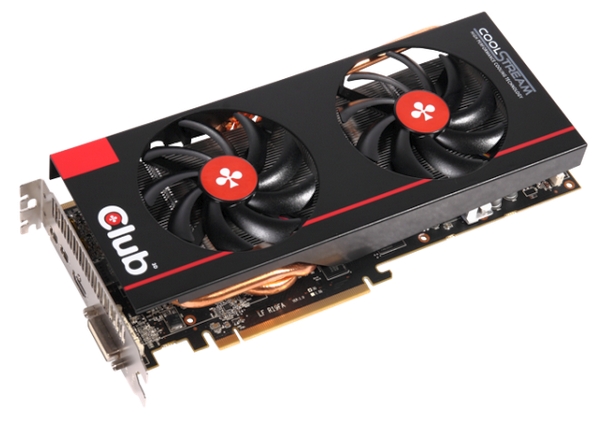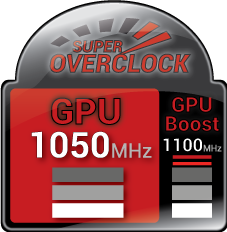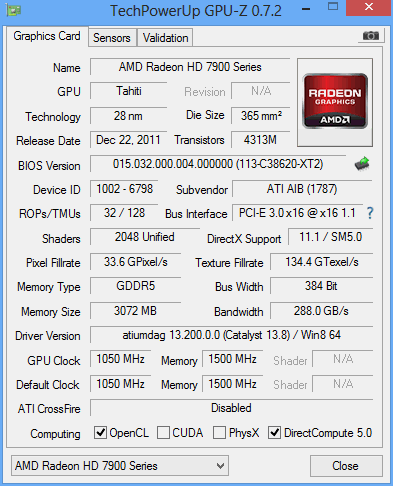Index

Review: Factory overclock and special cooling
Today we’ll take a closer look at Club 3D HD 7970 XT2 ‘13Series. Many will probably recall that the ‘13Series has been around for a while, but don’t forget the XT2 suffix, which denotes a GHz version of the Tahiti chip.
Club 3D came up with two sub-brands for the HD 7970 series. One is dubbed White Label and it includes the ‘13Series, while the other one is Black Label, which includes PokerSeries cards. Poker, bourbon and GPUs – what could possibly go wrong?
These cards come with some accessories and AMD’s Never Settle Game bundle out of the box. On the other side the ‘13Series is supported by an aggressive price tag and it is mainly targeted at e-tailers who get the game vouchers directly from AMD or system integrators. These cards come without game bundles and any accessories.
The new HD 7970 ‘13Series features Club 3D's CoolStream dual-slot cooler with two fans and three heatpipes that promises lower temperatures and lower noise when compared to the reference HD 7970 graphics card.

We saw the exact same CoolStream cooler on previous PokerSeries cards. All PokerSeries have two DVIs, while the ‘13Series has just one, but both series have an additional HDMI port and two DisplayPort outs.

Since most monitors today ship with DVI and HDMI connectors, setting up a dual-monitor rig shouldn’t be a problem. However, if both monitors are DVI-only, a dongle will have to be used. Unfortunately an HDMI to DVI dongle is rarely included in the bundle and this is the case with the ’13Series. Club 3D tried to save a few bucks by going for a small bundle, and that means it doesn’t come with any bells and whistles. The driver disc is the only bundled thing you’ll get.
The plain HD 7970 ‘13Series without the XT2 suffix runs at reference HD 7970 operating clocks. A quick reminder, the HD 7970 works at 925MHz base and 975MHz Boost clocks, with 3GB of GDDR5 memory paired up with a 384-bit memory bus, clocked at 5500MHz.

The new HD 7970 XT2 ‘13Series is factory overclocked. It uses a GHz Edition Tahiti chip, which is faster than the plain Tahiti, but it’s overclocked on top of that. The base clock was upped from 1000MHz to 1050MHz, while the Boost clock was also increased by 50MHz and it stands at 1100MHz.

